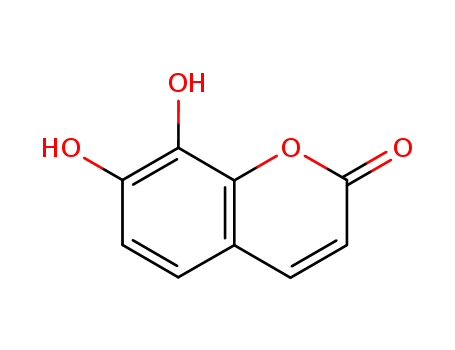10.1007/s10600-007-0183-1
The study primarily focuses on the synthesis of 4-aminomethyl analogs of the natural coumarin daphnetin. The researchers investigated the reaction of 4-chloromethylcoumarins with aliphatic and aromatic amines to develop new bioactive coumarins with improved bioavailability, which are important in medical practice due to their broad spectrum of biological activity. The purpose of using these chemicals was to introduce a basic tertiary N atom and a free N–H group into the coumarin structure, which can enhance the bioavailability of the compounds. The study involved the preparation of starting 4-chloromethylcoumarins through Pechmann condensation and the subsequent alkylation of primary and secondary amines by these substituted 4-chloromethylcoumarins. The synthesized 4-aminomethyl coumarin derivatives were characterized by their physical properties and spectroscopic data, indicating their potential as new pharmacological agents.



 Xi
Xi


